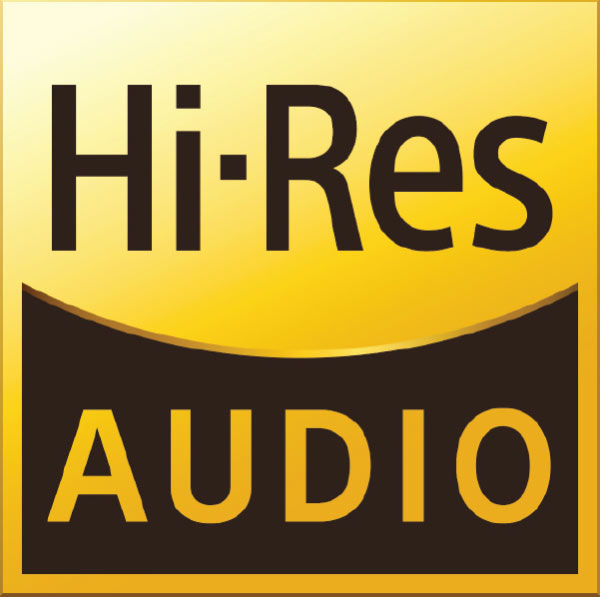Audio Format
PCM
Pulse-code modulation (PCM) is a method used to digitally represent sampled analog signals. It is the standard form of digital audio in computers, compact discs, digital telephony and other digital audio applications. In a PCM stream, the amplitude of the analog signal is sampled at uniform intervals, and each sample is quantized to the nearest value within a range of digital steps.
Linear pulse-code modulation (LPCM) is a specific type of PCM in which the quantization levels are linearly uniform. This is in contrast to PCM encodings in which quantization levels vary as a function of amplitude (as with the A-law algorithm or the μ-law algorithm). Though PCM is a more general term, it is often used to describe data encoded as LPCM.
A PCM stream has two basic properties that determine the stream’s fidelity to the original analog signal: the sampling rate, which is the number of times per second that samples are taken; and the bit depth, which determines the number of possible digital values that can be used to represent each sample.

DSD
Direct Stream Digital (DSD) is a trademark used by Sony and Philips for their system for digitally encoding audio signals for the Super Audio CD (SACD).
DSD uses delta-sigma modulation a form of pulse-density modulation encoding, a technique to represent audio signals in digital format, a sequence of single-bit values at a sampling rate of 2.8224 MHz. This is 64 times the CD audio sampling rate of 44.1 kHz, but with 1-bit samples instead of 16-bit samples. Noise shaping of the 64-times oversampled signal provides low quantization noise and low distortion in the audible bandwidth necessary for high resolution audio.
DSD is a method of storing a delta-sigma signal before applying a decimation process that converts the signal to a PCM signal.